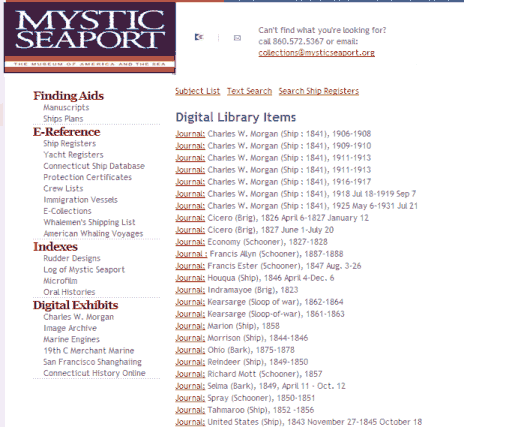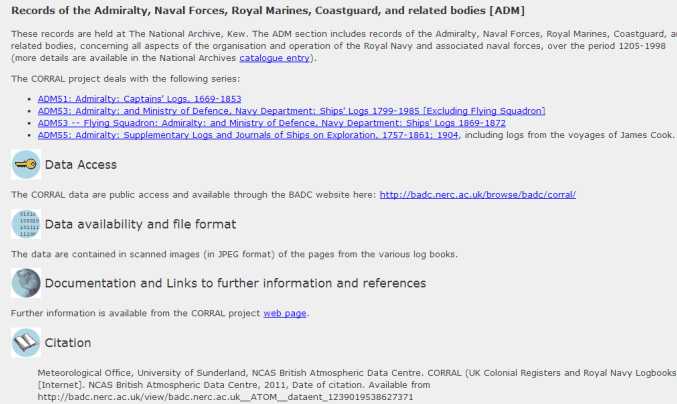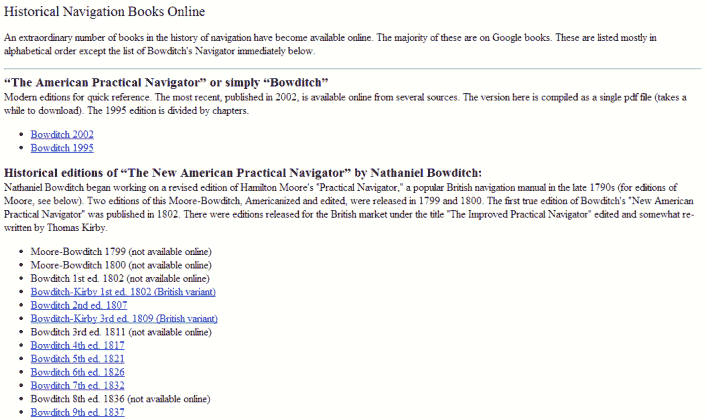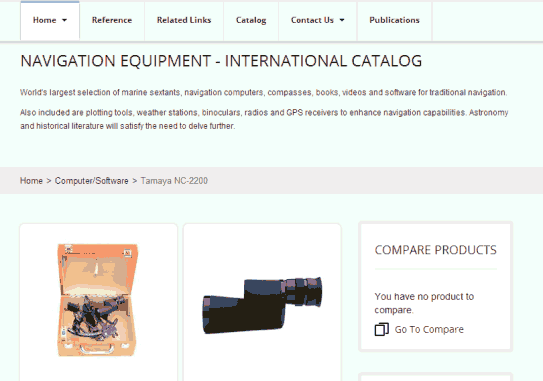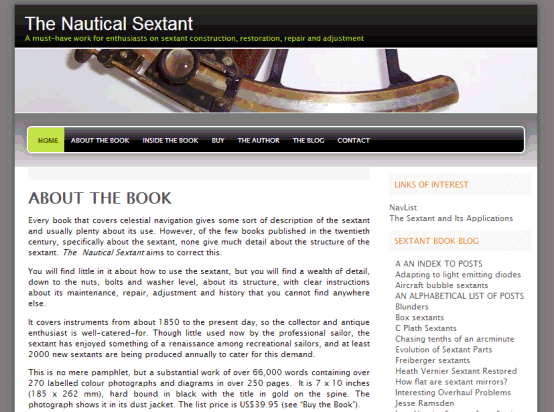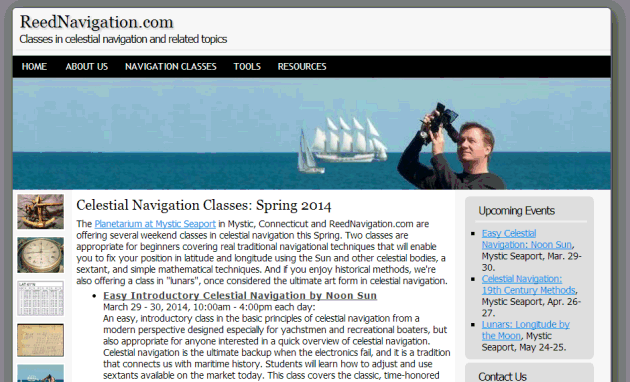
NavList:
A Community Devoted to the Preservation and Practice of Celestial Navigation and Other Methods of Traditional Wayfinding
From: David Pike
Date: 2023 Mar 29, 07:02 -0700
David McN
You don’t give an indication of where you’ll be racing or how far offshore. I’d imagined you’d be closer than the distances quoted in Bowditch. Also, in many areas I doubt you’d see some of the distances quoted. Around the UK, the visual range is rarely greater than 30nm, even on a good day. Perhaps in the pacific with a little cloud to direct you, you might see farther than that, but I’d imagined you were thinking about much shorter distances offshore. Tables such as Norie’s cover distances from 0.1 to 7.0nm. However, you need to read the accompanying notes or those in the front of the book to be aware how the distances have been calculated.
If you can find an object whose top and bottom can be seen, I’d go for that. The situation will be close enough to a right-angled triangle to use Range = height/tan angle between top & bottom. The problem will be getting the ‘height’ of the object from it’s base to it’s top. A sea chart will probably only give you the ‘altitude’ of its top amsl (an aeronautical chart gives both ‘height’ agl and ‘altitude’ amsl). However, today, almost every significant object can be found online including their ‘height’, so you can get the ‘height’ online.
If you can only see the top of the object, it’s a bit more complicated. At 2m above the sea, the distance to the sea horizon is only 3nm, which is about the same distance a prudent navigator would wish to be offshore, so let’s assume we’re greater than 3nm offshore. Let’s also decide that at these sort of distances, we can assume a flat Earth. Then the angle measured will be the angle between the top of the object and the sea horizon. The perpendicular will be ‘altitude’ of the top of the object amsl (available from your chart) – 2m (quoted height of eye) – height of tide amsl. How you get the height of tide offshore will also present a problem. You could use the heights of tides at the nearest two standard ports for the time of the observation, or If you had a reliable sounder and a flat bottom, you could add the depth of your transducer to your sounder reading then subtract the depth of the bottom below chart datum.
If your closer than 3 miles from the shore, move further out. DaveP

